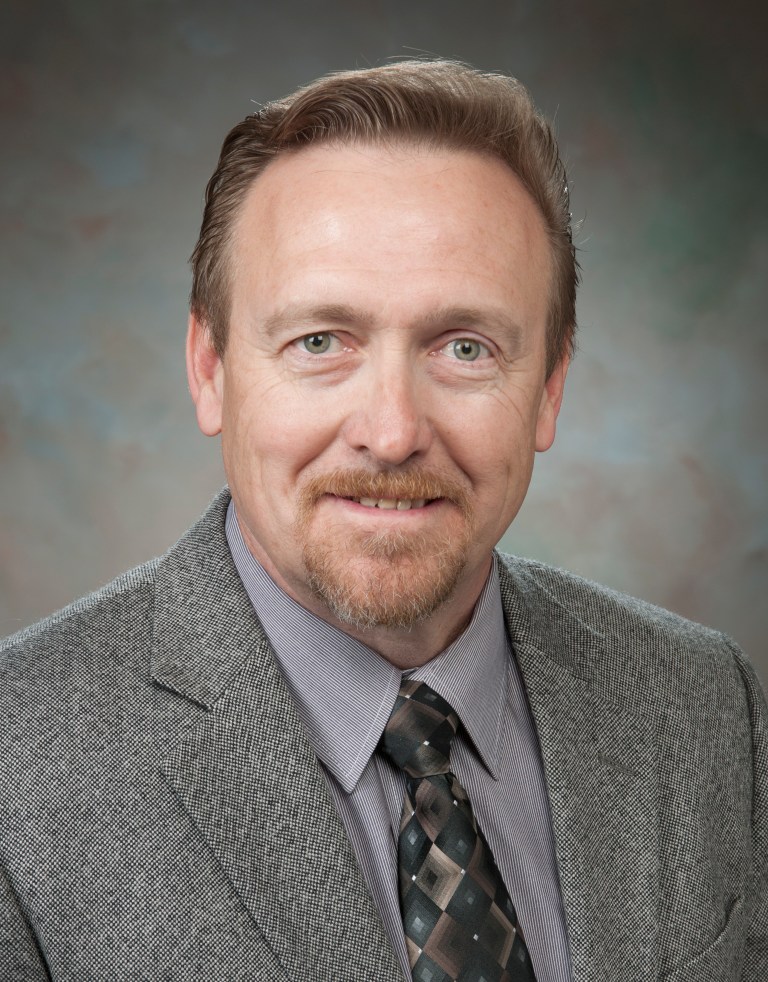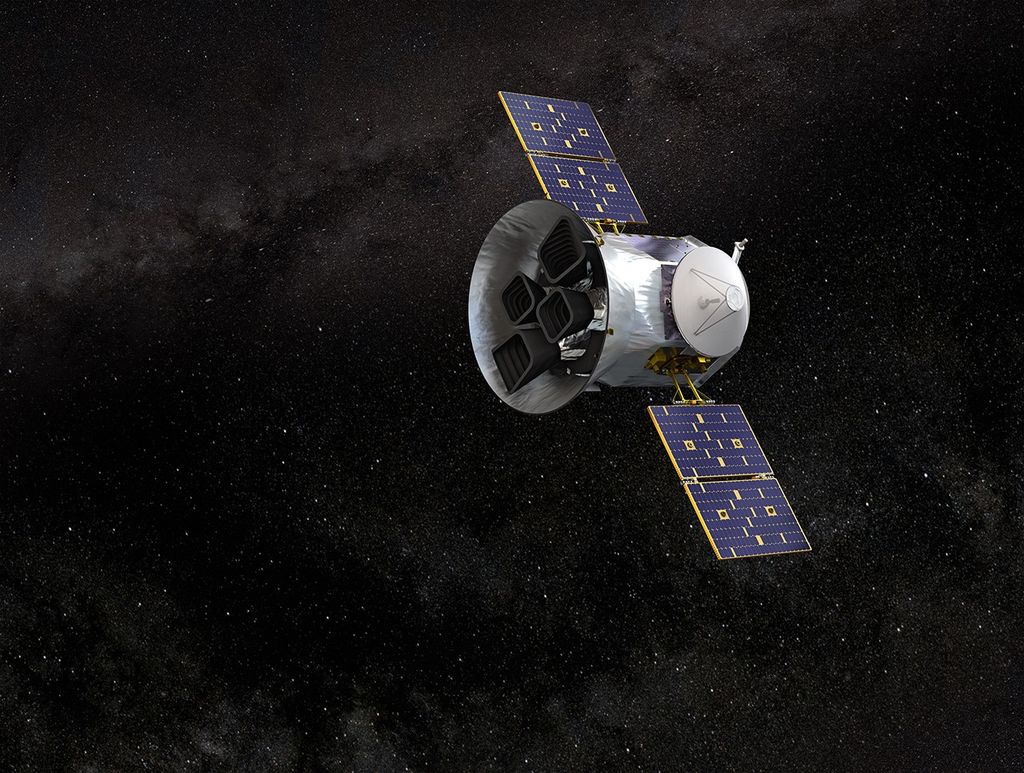
Joel R. Sitz
Armstrong Director for Program and Projects
Contents
Joel R. Sitz was the director for Programs and Projects at NASA’s Armstrong Flight Research Center in Edwards, California, from June 2018 until his retirement from NASA in March 2020. He was responsible for the advocacy, formulation and implementation of center flight projects, policy and business management of Armstrong’s programs.
Experience
Prior to being appointed director, Sitz was the deputy director for Programs and Projects, a position he held since July 2008. In that role, he supported the director in providing leadership to the center in implementing agency and center programs and research projects.
Sitz served as director of NASA’s Dryden (now Armstrong) Research Center Exploration Systems Mission Directorate from October 2005 until July 2008. He was responsible for development management and technical direction of all space exploration activities and projects at the center.
Sitz has more than 27 years’ experience in the aerospace industry, including 14 years as a project manager of various flight research projects at Armstrong.
He was mission development director for unmanned aerial vehicle (UAV) technology from January to October 2005 and was responsible for managing the center’s overall role in the development of the nation’s civil UAV applications.
Sitz was the project manager for flight tests of the X-43A experimental hypersonic aircraft, or Hyper-X, from July 1998 to December 2004. He was responsible for the overall flight research element of the Hyper-X program. The X-43A flight project successfully demonstrated hypersonic, air-breathing propulsion during the first free flights of an airframe-integrated, hypersonic supersonic-combustion ramjet (scramjet) engine at speeds of Mach 7 and Mach 10. The X-43A became known as the world’s fastest air-breathing aircraft.
Sitz was deputy program manager for NASA’s Aviation Safety Program and was project manager of the F-18 Systems Research Aircraft and the L-1011 Adaptive Performance Optimization projects.
He was responsible for development and flight evaluation of several advanced aircraft sensors and systems and was deputy project manager for the F-16XL Supersonic Laminar Flow Control project.
Sitz researched advanced automated test tools to support flight control system validation on the X-29A, F-18 High Angle-of-Attack and X-31 programs. He was also the project manager responsible for the transfer of the center’s business system operations from NASA’s Ames Research Center in Moffett Field, California, to NASA’s Marshall Space Flight Center in Huntsville, Alabama. As a member of the center’s Procedures and Policies Committee from 1990 to 1997, Sitz was responsible for updating Armstrong’s Basic Operations Manual.
Before joining NASA as an aerospace engineer in 1989, Sitz was employed by Honeywell Military Avionics Division, where he was responsible for real-time flight control software design, development and test for the X-29A forward-swept wing aircraft.
Education
Sitz earned a Bachelor of Science in computer science with emphasis in mathematics from the University of North Dakota in 1982. He received a Master of Science in engineering management in 1989 from Golden Gate University in San Francisco, California.




























